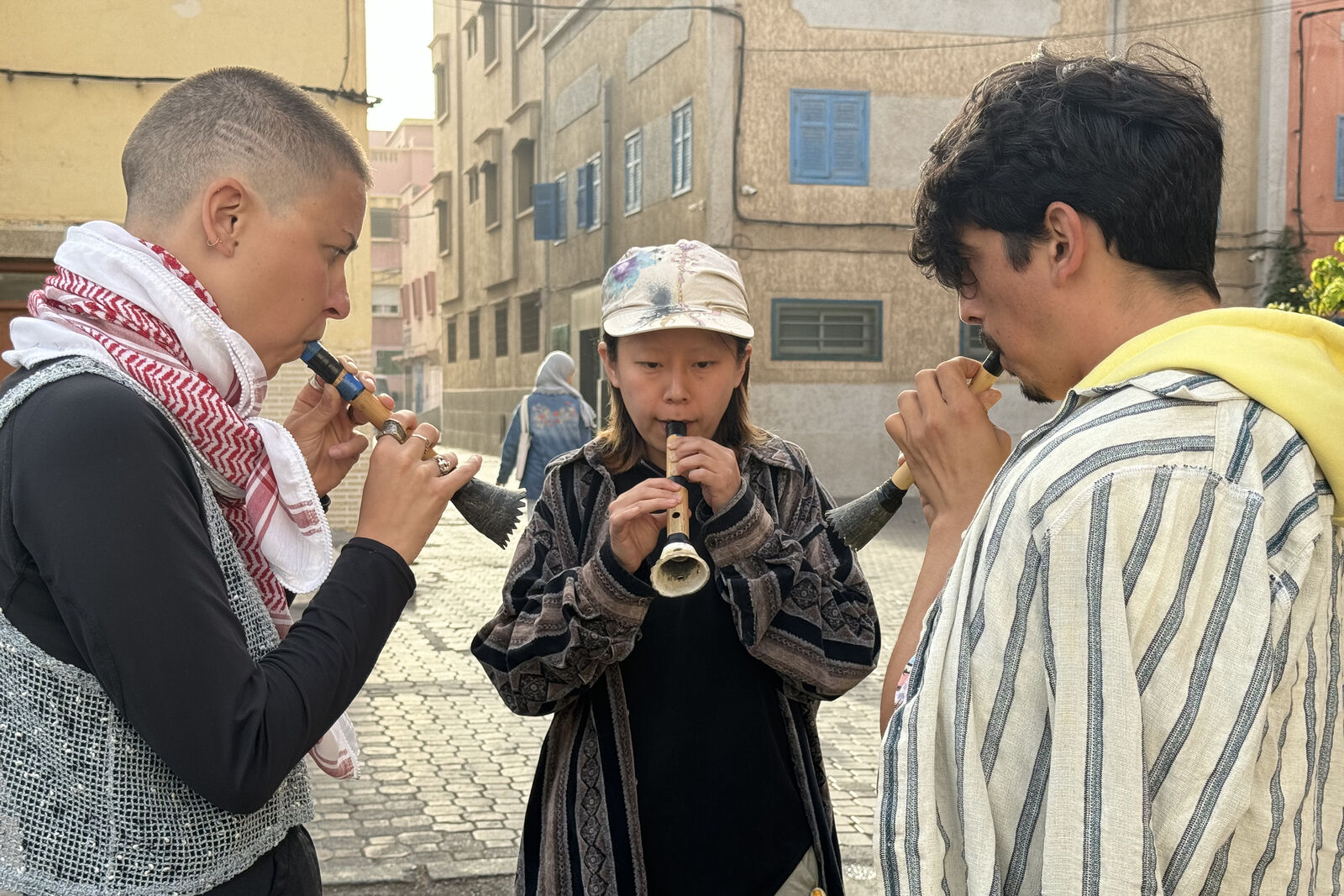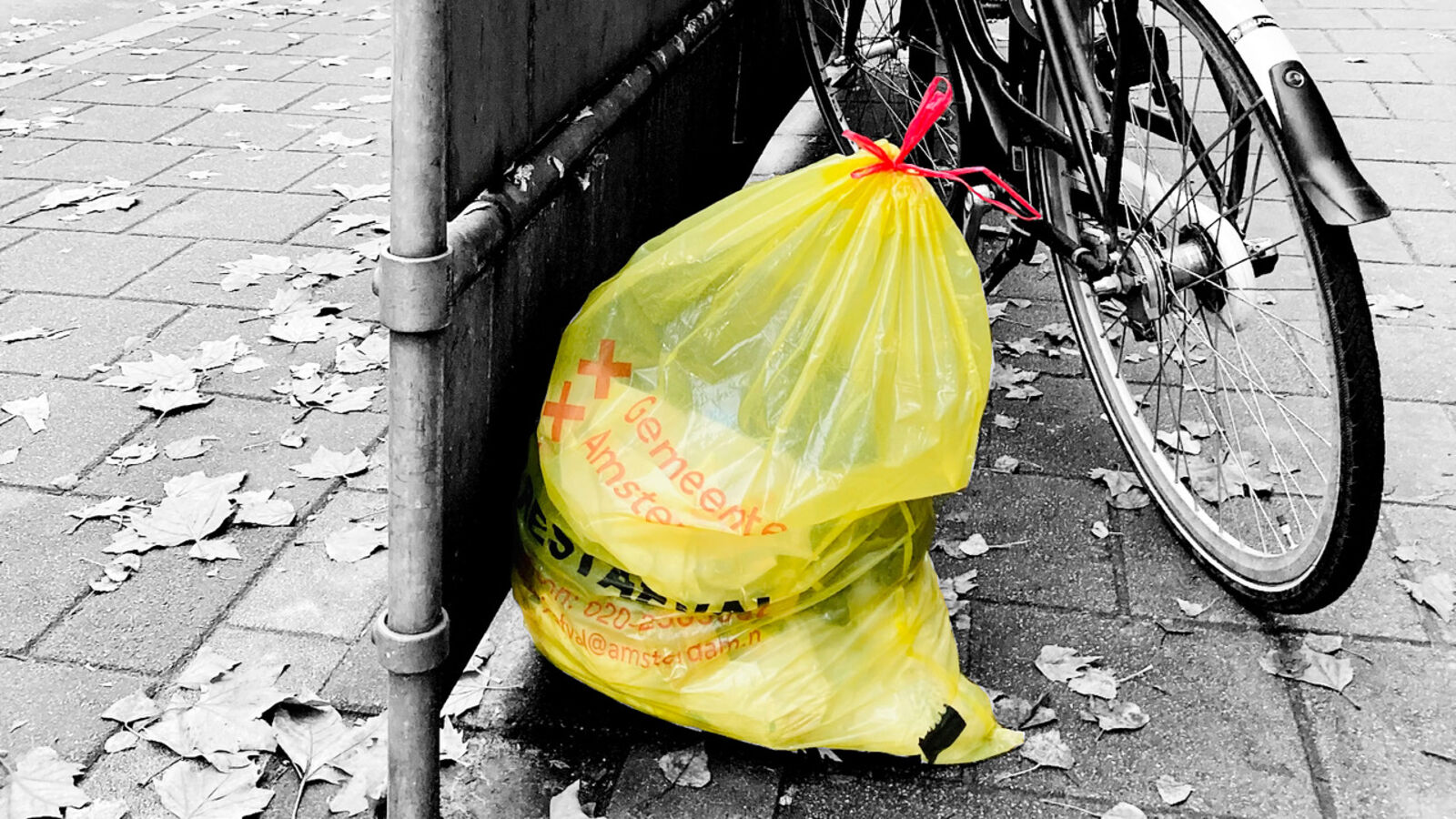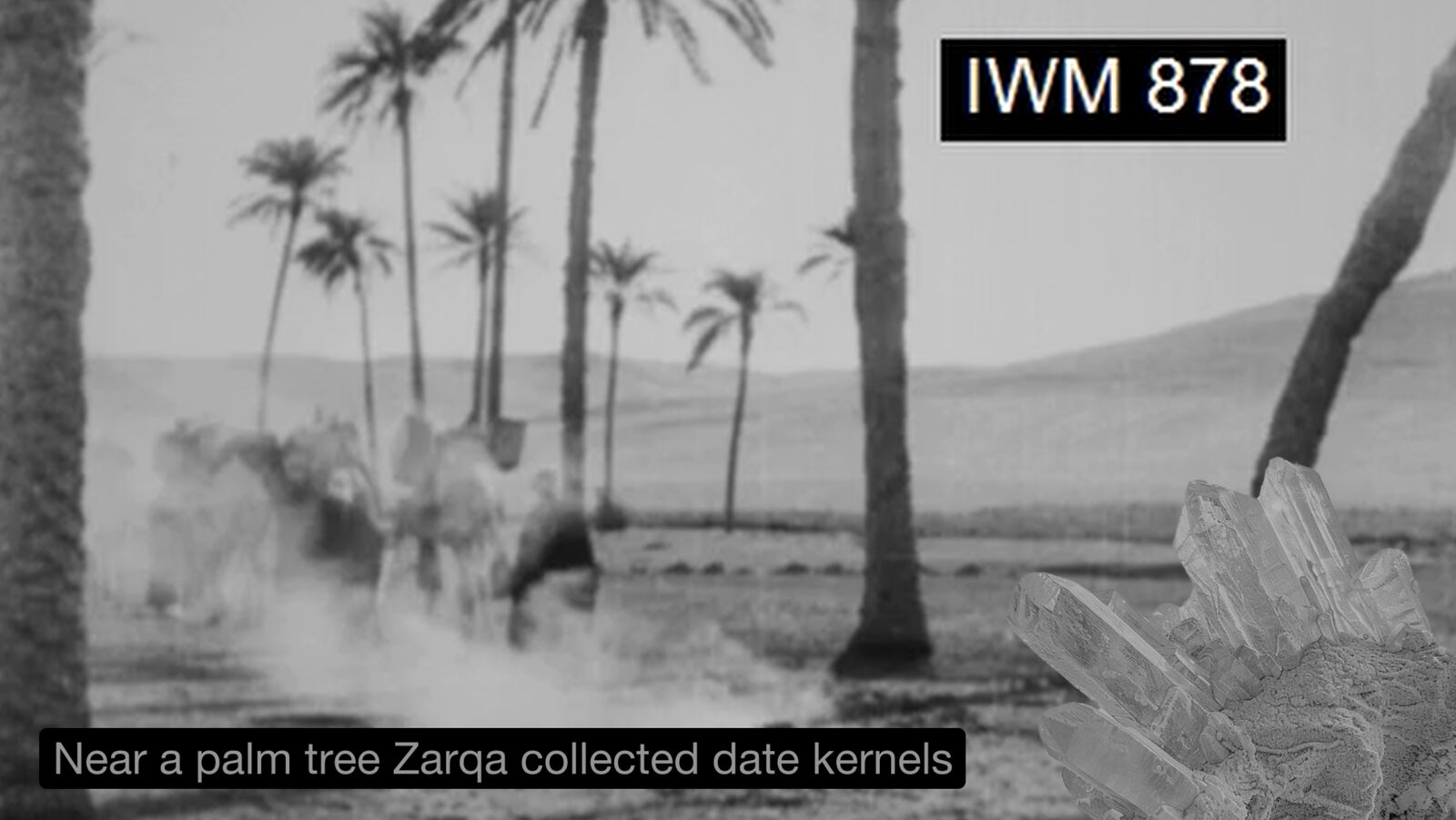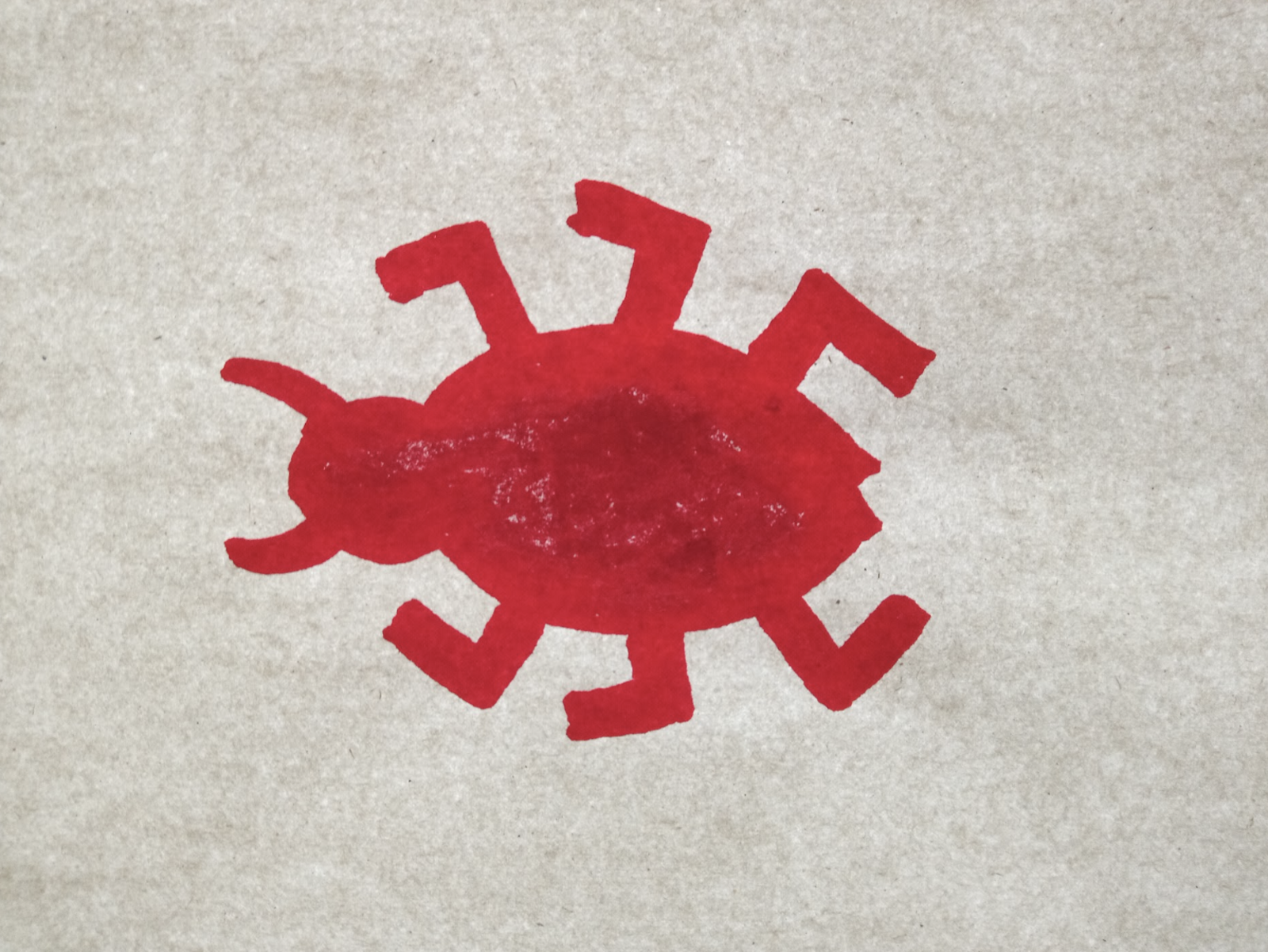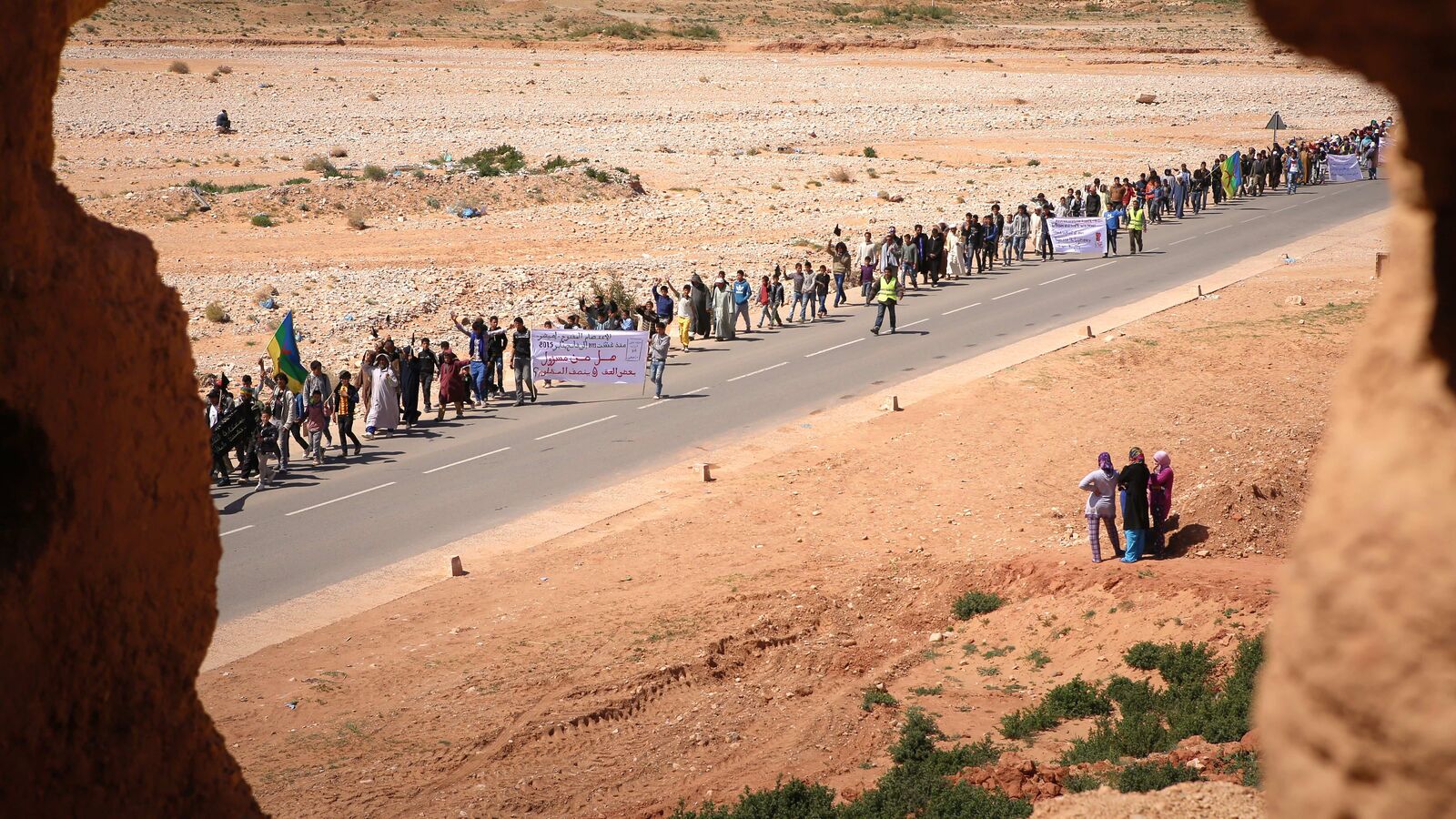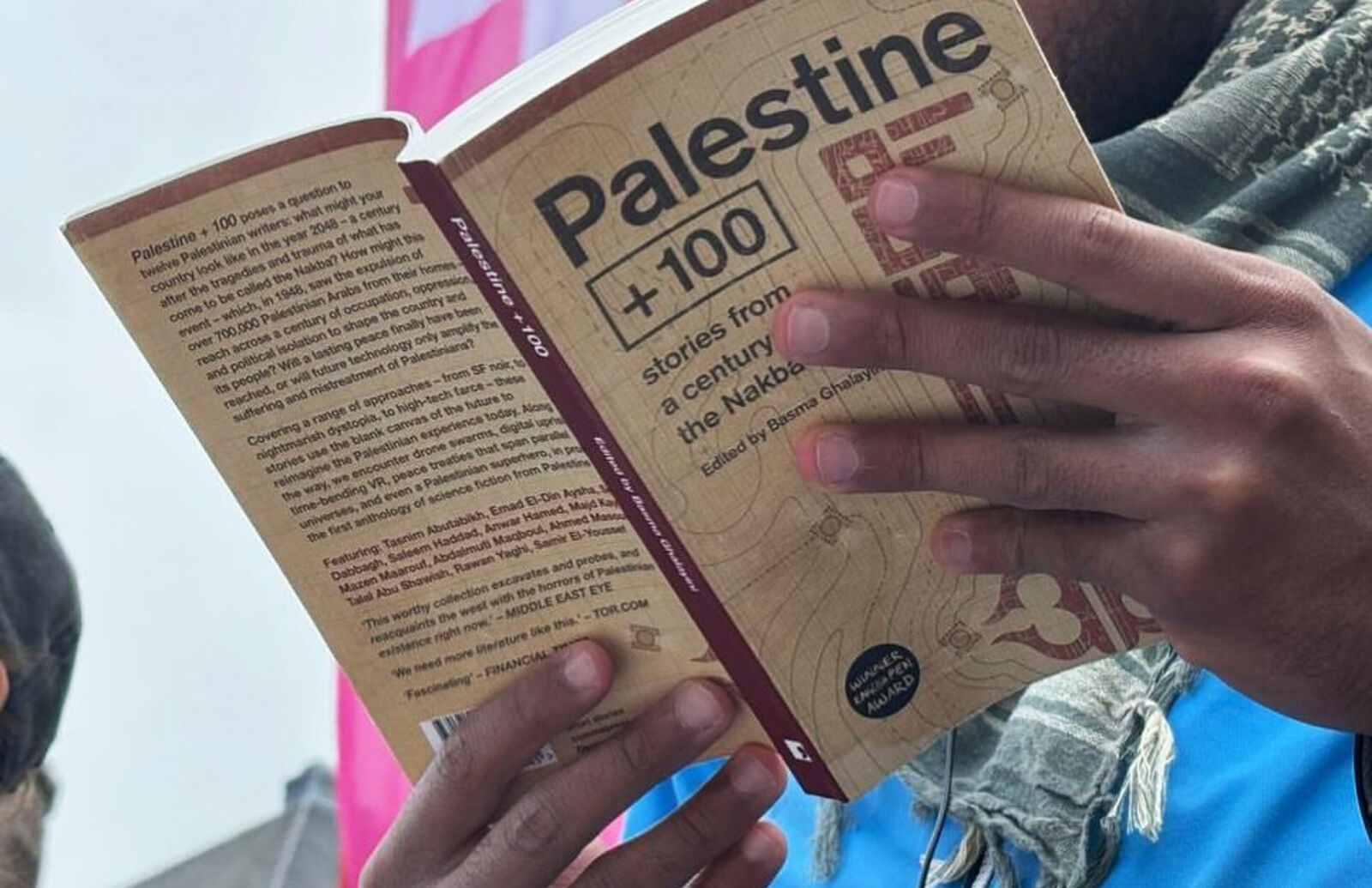Our People are Our Mountains: Instructions for Placemaking
14:00–20:00
Opening: Zaterdag 5 oktober, 15:00 - 19:00 uur
de Appel, Tolstraat 160, Amsterdam

Amussu, Nadir Bouhmouch
Please note: the last day to visit the exhibition and video screening is Friday 8 November, due to events taking place in the exhibition space during the closing weekend.
At de Appel, we have been delving into pressing themes surrounding Land, particularly its ownership and use. Land represents the frontline for various critical issues, including environmental crises, land grabbing, settler colonialism, affordable housing, and more. In the present context of late capitalism, Land has been reduced to a mere commodity, stripped of its intrinsic value and communal significance. Yet, we witness a surge of political and social movements worldwide that are fervently advocating for equitable access to and restitution of land and its resources. Artists, often at the forefront of these struggles, are not just participants but innovators, exploring and embodying new paradigms of shared ownership and reimagining the commons.
In Our People are Our Mountains (quoting from Amílcar Cabral’s words on the Guinea-Bissau's liberation movement), artists and collectives in Palestine and elsewhere who work on questions around land from different perspectives, collaborate with majelis (assembly) Jakarta by sending instructions remotely. Utilizing instructions, rather than physically transferring works or facilitating travel, stems from ethical, political, and environmental considerations. The art community is increasingly conscious of the complexities and consequences of travel and the logistics of transportation for brief exhibitions; the environmental cost often outweighs the potential benefits of creating and maintaining relationships. Nevertheless, the importance of maintaining connections, learning from one another's artistic practices, and building solidarities across shared struggles remains undeniable.
The act of sending instructions is also a way to point to the physical and symbolic distances, particularly emphasizing the profound difficulties associated with moving in and out of Palestine, especially during the ongoing genocide. This initiative, therefore, is an act of transmission and trust—artists will transmit their creative directives to counterparts in Jakarta, who will, in turn, realize, contribute to, perform, or enact the instructions in place.
In the Amsterdam iteration, the instructions will be presented, whereas some of them will be activated throughout the coming weeks. Every week of the presentation span, a new video by the participating artists and others will be screened on loop for one full exhibition week. In addition a programme of performances, workshops and gatherings will take place throughout the project span.
With instructions by:
Adel Al-Taweel, Al-Wah’at collective, Dalia Taha, Essa Grayeb, Om Sleiman farm, Sakeb.
Performances, gatherings & films by:
de Appel COOP at DAI, Dalia Taha, Essa Grayeb, Isshaq Al-Barbary, Mohamed Abdelkarim, Nadir Bouhmouch, Noor Abed & Zeynep Kayan, Noor Abuarafeh, Reading Vigil for Palestine, Sky Hopinka and Suneil Sanzgiri.
Curated by the artists and de Appel team with Marina Christodoulidou and Noor Abuarafeh. This exhibition is a collaboration with Jakarta Biennale 2024.
Video schedule
Wednesday 9 to Sunday 13 October, on loop:
Noor Abuarafeh, Am I The Ageless Object At The Museum (2018)
Wednesday 16 to Sunday 20 October, on loop:
Sky Hopinka, Sunflower Siege Engine (2022)
Wednesday 23 to Friday 27 October, on loop:
Mohamed Abdelkarim, Gazing... Unseeing (2021)
Wednesday 30 October to Sunday 3 November, on loop:
Essa Grayeb, Suspended Dawn (2024)
Wednesday 6 November to Friday 8 November, on loop:
Suneil Sanzgiri, Two Refusals (Would We Recognize Ourselves Unbroken?) (2023)
Instructions for Placemaking
Al-Wah'at collective (Areej Ashhab, Ailo Ribas and Gabriella Demczuk)
How to care for a sabr cactus
Majelis Jakarta collaborators: Selarasa (Gudskul Ekosistem)
This guide is a response to the impact of the cochineal insect on the prickly pear cacti in Palestine, where Al-Wah’at collective has conducted extensive fieldwork and community workshops. The instructions provide guidance on caring for the cactus — practices that involve pruning the cactus pads and dead fibers and removing the cochineal insect, materials that can later be used for cooking and dyeing.
Om Sleiman farm (Yara Dowani)
How to build a compost toilet
Majelis Jakarta collaborators: Selarasa (Gudskul Ekosistem)
Om Sleiman Farm will provide instructions for building a compost toilet. The compost toilet at Om Sleiman farm was built to ensure a sustainable organic farm, but also as an experiment to help make a curriculum by the farm so that all building and work on it can be transferable to other farms. The guide is illustrated by artists in Jakarta and available in Arabic and Indonesian, addressing Gaza's sanitation needs amidst significant infrastructure damage caused by the Israeli genocide.
Dalia Taha
How to read Palestinian political prisoners’ letters
Majelis Jakarta Collaborator: ruru kids (Gudskul Ekosistem)
Palestinian political prisoners’ letters, which emerge from pain and resistance, offer a profound reflection on action and ethics. Their writings, defying censorship and hardship, invite us to engage deeply with an act of accountability and emancipation. As a living archive, these letters challenge us to rethink our stance, ethics, and the very nature of rebellion and literature. We are invited to listen to a compilation of letters and to read them.
Poems from Dalia Taha’s new book for children When you visit my City – a collection of poems on Palestinian cities – will be audible inviting the children to make drawings imagining those landscapes.
Read Letters from Politican Prisoners in Palestine, including an introduction by Dalia Taha, here. Read the Arabic version here.
Adel Al-Taweel
How to map a memory
In a place of continuous erasure and renewal, where destruction and reconstruction are a constant cycle—Adel's work becomes a vital documentation of the memory embedded within a place. Growing in Al-Nuseirat refugee camp, Gaza, Adel documented his memories of the camp by mapping the different layers attached to the memory of the place. The composition of the past relies on evoking the residual events within each individual. Adel’s instructions encourage activating the different layers of memories that are attached to one’s place, by mapping the physical places, the movements and the emotional imprints left upon them.
Essa Grayeb
How to visualize an invisible line on a map
Essa Grayeb has been documenting the evolving landscape of Jericho since 2019, using horizontal and aerial photography to capture the city’s transformations. Focusing on the view from the cable car between Tel-Jericho and the Mount of Temptation, the project critiques the colonial use of aerial photography in Palestine, where it has historically served as a tool of control and surveillance. This work invites other artists to interact with Grayeb's visual materials, encouraging them to trace and document changing paths, borders, or routes. By doing so, they reveal the movement, erosion, and transformation of these lines within a landscape in flux.
Sakeb
How to reflect on the land through waste art
Majelis Jakarta Collaborators: Setali Indonesia
These instructions offer a creative approach to making art from waste materials, inspired by Sakeb's practice. The guide outlines handling, mixing, and molding materials like marble dust or textile waste, with a focus on reflection. Participants are encouraged to contemplate the origins of the materials, their connections to the land, and the broader impact of their creative process, leading to innovative, adaptable outcomes.
About the videos
Noor Abuarafeh
Am I The Ageless Object At The Museum (2018)
The video is based on a narrative that is written in parallel with several visits to different zoos and zoologies in Palestine, Switzerland and Egypt. The film is under a larger umbrella that contains different works that range between video, video installation, Novel and performance, in which each of these episodes deal with the concept of the museum from a different perspective. The video deals with the construction of the zoo and its historical relation to the museum, and the relation between museums and cemeteries. Where the three of these components are related to the discipline of history and uses a similar aesthetics in the display of the history representation.
Sky Hopinka
Sunflower Siege Engine (2022)
Moments of resistance are collapsed and woven together; from documentation of the Indigenous led occupation of Alcatraz, to the reclamation of Cahokia and the repatriation of the ancestors, to one’s reflections on their body as they exist in the world today, These are gestures that meditate on the carceral inception and nature of the reservation system, and where sovereignty and belligerence intersect and diverge.
Mohamed Abdelkarim
Gazing... Unseeing (2021)
Gazing… Unseeing speculatively envisions a dystopian future scenario of an Egyptian city post-disaster. Floods have taken over the West Sahara, setting off a string of corporate and governmental measures to control the rioting population. The film is based on an interview with an imagined fugitive. Through different positions, ideological turns, and questions on economic sovereignty, the interview imagines the future of the greens’, governments’, and private sectors’ relations to infrastructure, privatization, ecology, surveillance, and migration.
Essa Grayeb
Suspended Dawn (2024)
In 1954, Egyptian director Youssef Chahine released The Blazing Sun after the Free Officers Revolution. Starring Faten Hamama and marking Omar El Charif's cinematic debut, the film was shot in Luxor, where a pivotal photo was taken of Prime Minister Gamal Abdel Nasser and archaeologist Zakaria Goneim. The photo was taken just before the opening of a newly discovered burial, revealing it was empty. Suspended Dawn is a poetic archaeological exploration of Egypt's past. The video essay features digital overlays of Chahine's film and sound, merging contemporary figures with the pharaonic city, creating a deliberate contrast between ancient and modern Egypt. It reflects on Egypt's enduring legacy, blending pharaonic art and mythology with contemporary culture.
Suneil Sanzgiri
Two Refusals (Would We Recognize Ourselves Unbroken?) (2023)
The video offers glimpses and hallucinations of solidarity and possibility through generations. A woman’s dreams become haunted by a mythological titan from Portuguese mythology that sought to destroy Vasco de Gama’s ship, preventing him from ever reaching India. Questions of what could have been emerge across ends to colonial occupations in India and Africa.
